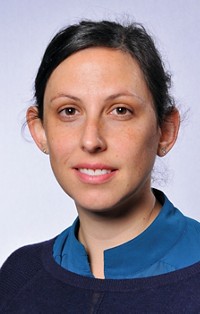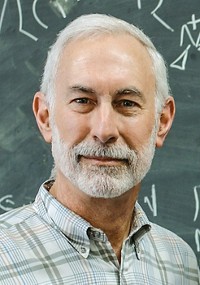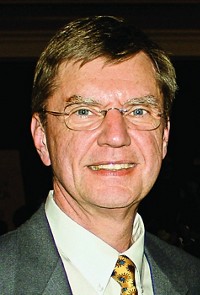Advertisement
Grab your lab coat. Let's get started
Welcome!
Welcome!
Create an account below to get 6 C&EN articles per month, receive newsletters and more - all free.
It seems this is your first time logging in online. Please enter the following information to continue.
As an ACS member you automatically get access to this site. All we need is few more details to create your reading experience.
Not you? Sign in with a different account.
Not you? Sign in with a different account.
ERROR 1
ERROR 1
ERROR 2
ERROR 2
ERROR 2
ERROR 2
ERROR 2
Password and Confirm password must match.
If you have an ACS member number, please enter it here so we can link this account to your membership. (optional)
ERROR 2
ACS values your privacy. By submitting your information, you are gaining access to C&EN and subscribing to our weekly newsletter. We use the information you provide to make your reading experience better, and we will never sell your data to third party members.
Materials
Arthur C. Cope Scholar Awards: Seth R. Marder
Recipients are honored for contributions of major significance to chemistry
by Robin M. Giroux
February 28, 2011
| A version of this story appeared in
Volume 89, Issue 9
A material is said to exhibit nonlinear optical effects if exposure to intense low- or high-frequency electric fields changes its properties such that the transmission, frequency, or phase of light passing through it is altered. In 1985, as Seth R. Marder was beginning a postdoc at Oxford University, nonlinear optics was in the realm of physics. But Marder, an organometallic chemist, was intrigued: What is the underlying physical chemistry? How do the chemical structures of molecules relate to their electronic and optical properties? His curiosity is 25 years strong, and he’s still being surprised by where it leads him.
Marder is best known for his fundamental contributions to the understanding of the relationships between the chemical structure of organic molecules and their optical properties, says Charles P. Casey, Marder’s Ph.D. adviser at the University of Wisconsin, Madison. “His work on the nonlinear polarizabilities and nonlinear absorptive properties of organic materials profoundly changed how the chemistry, materials, and physics communities think about the molecular basis for nonlinear optical applications and how materials chemists design optimized structures for nonlinear optical applications.”
Through a combination of synthesis, theory, and characterization, Marder and his collaborators developed a model to understand how to tailor molecules for second- and third-order nonlinear applications in photonics. Their work in the area of optimizing two-photon absorption in organic materials has implications for materials processing, biological imaging, medicine, and information storage.
“Marder was able to essentially translate the field of organic nonlinear optics into the language of chemists,” says Larry R. Dalton, a chemistry professor at the University of Washington, Seattle.
Now 49, Marder was barely a teenager when he was first attracted to chemistry when his older brother, Todd, a chemistry major at Massachusetts Institute of Technology, brought home nuclear magnetic resonance spectra. “I fell in love with NMR spectra,” Marder said. “It amazed me that you can look at a spectrum and find out so much about a molecule.” He followed his brother to MIT, graduating with a bachelor’s degree in 1981. He then went to Wisconsin, where in 1985 he earned a Ph.D. in organic chemistry. After his postdoctoral fellowship at Oxford, he did another at the Jet Propulsion Laboratory at California Institute of Technology.
He worked in various positions at Caltech through 1998 before moving to the University of Arizona with his longtime collaborator Joe Perry, a characterization phenom. There, they were joined by Jean-Luc Brédas, who contributes the theoretical piece of the nonlinear optics puzzle. The trio moved in 2003 to Georgia Institute of Technology, where Marder was appointed the founding director of the Center for Organic Photonics & Electronics.
“Being part of a team that can achieve more than any one member individually is a gratifying experience,” Marder says. Working as part of an interdisciplinary team also gives him the ability to teach students from “a wonderfully rich platform, one that makes it impossible for students to get stuck in any one niche,” he says.
Marder has authored more than 300 peer-reviewed articles—including one in Science and another in Nature that have each been cited more than 1,000 times—and holds 19 patents.
A fellow of the American Association for the Advancement of Science, the Optical Society of America, SPIE, and the American Physics Society, Marder notes, “The physicists and engineers may not be intrinsically interested in physical organic chemistry, but they do like working with better materials.”






Join the conversation
Contact the reporter
Submit a Letter to the Editor for publication
Engage with us on Twitter